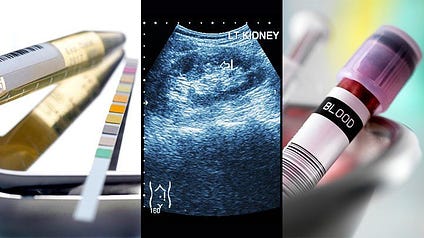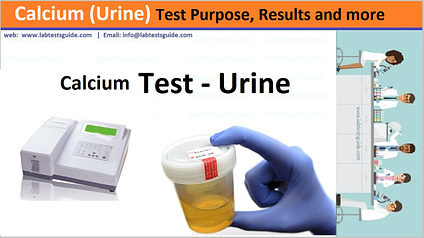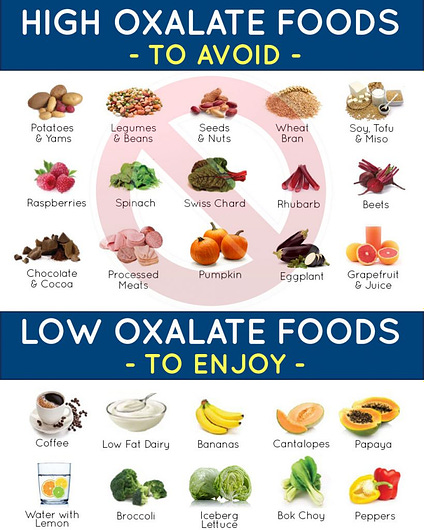
Calculi, commonly known as stones, can form anywhere along the urinary tract; a condition known as urolithiasis (Reisner & Reisner, 2017). Stones are characterized by high concentrations of uric acid or calcium salts, and emanate from three primary factors: high concentrations of salts in the urine, infection of the urinary tract, and urinary tract obstruction (Reisner & Reisner, 2017). Although instrument-assisted procedures (i.e., shock wave lithotripsy/cytoscopic removal) exist to remove stones after they have developed, this author would like to present nutritional interventions that slow/mitigate the formation of stones as a proactive and preventative measure.

Prior to any treatment plan, assessment of kidney stones requires a metabolic evaluation, which includes a 24-hour urine collection and serum assessment of: creatinine, electrolytes, parathyroid hormone, vitamin D, and/or uric acid levels (Kohn, 2016). Kohn (2014) also recommended reviewing the patient’s nutrition history as a means of determining an excess or deficiency in any of the nutritional factors that might influence the urinary profile. The following sections will consider examples by Kohn (2014) to illustrate such a point.

Hypercalciuria (high concentrations of calcium in the urine) can result from an excess of salt, refined carbohydrates, or from a diet high in protein from animal sources and/or low in fiber; such trends are typical of Western diets (Kohn, 2014). Hyperoxaluria (high concentrations of oxalate in the urine) can be a product of diets rich in oxalates or low in calcium, magnesium, fiber, and fruits/vegetables (Kohn, 2014). Hypocitraturia (low citrate excretion) can come from a high salt intake or a diet including foods with a high acid load or one that lacks potassium, magnesium, or fruits and vegetables (Kohn, 2014). Having considered causes of stone formation, the following will explore some solutions to help control and/or prevent calculi development.

Kohn (2014) stated that there was a high incidence of stones, which developed from low calcium levels; calcium binds with oxalate (which can cause stones) in the intestinal tract keeping it from entering the bloodstream, and ultimately, the kidneys. Thus, achieving the recommended dietary allowance of calcium can help combat hyperoxaluria. Another simple nutritional intervention to balance the renal acid load (hypocitraturia) would be inclusion of more fruits, vegetables, and fiber, since they also supply magnesium and potassium which have been associated with a lower incidence of kidney stones (Kohn, 2014). Finally and most importantly, drinking adequate amounts of water helps prevent the aforementioned substances responsible for stone development from bonding and collecting along the urinary tract (Kohn, 2014).
In conclusion, nutrition contains within itself a dualistic nature; it has the capacity to induce dysregulation and support homeostasis. Ultimately, awareness of food and its relationship to health is key in preventing stone development, and many other maladies of the human body.
References
Kohn, J. B. (2014). Is medical nutrition therapy appropriate for kidney stones? Journal of the academy of nutrition and dietetics, 114(9), 1496.
Reisner, E. G., & Reisner, H. M. (2017). An introduction to human disease: Pathology and pathophysiology correlations (10th ed.). Burlington, MA: Jones & Bartlett Learning.
-Michael McIsaac
